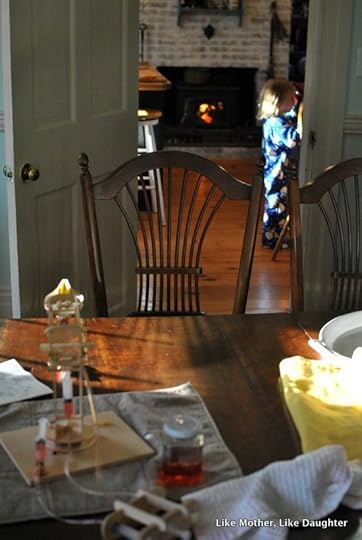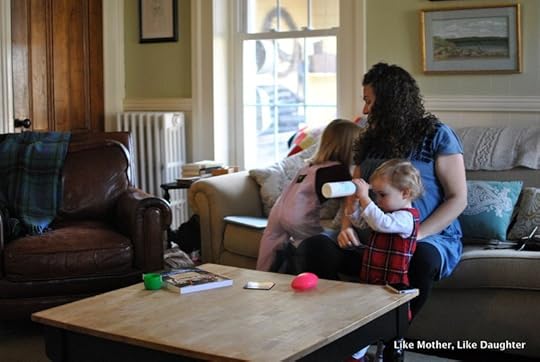A little chatty, a little learning sacred music with children.
Finally got fairly reasonably cleaned up around here. I’m looking forward to Candlemas in two days, but the Christmas decorations had to go!
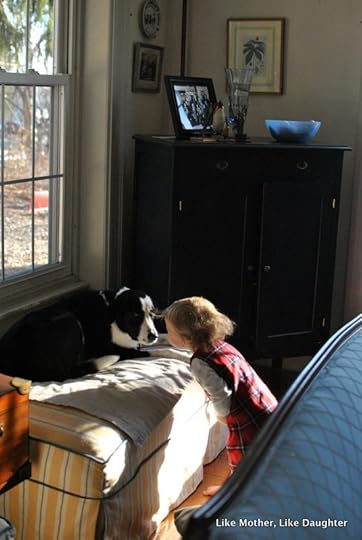

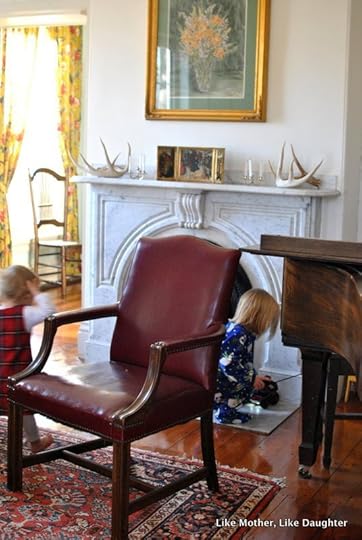
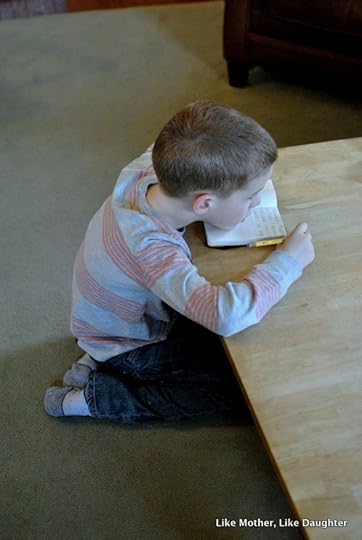

Do you love the Scottish wool blanket that Habou gave me for Little Christmas? She found it at the thrift store and I couldn’t love it more in here.
A while ago I told you about a find — the book of songs and pictures called The Story of the Redemption for Children by Fr. Adair and Sr. M. Joanne. You can definitely print this out for your own use, and I really recommend that you do before it is lost — it’s really a treasure!
First, this is the traditional and beautiful way to teach the faith to children, in a gentle timeline from Creation to Redemption. You can approach the timeline differently according to the age of the child; teaching these songs is one lovely way to get started.
Second, I think it’s really inspired to use the ancient chants as the music for the story.* It seems to me that you would want to also be learning the Latin chants parallel to learning these, because it is important that we preserve the semantic of sacred music.
I’ve been thinking about this, and I’d be interested to know what you think as well.
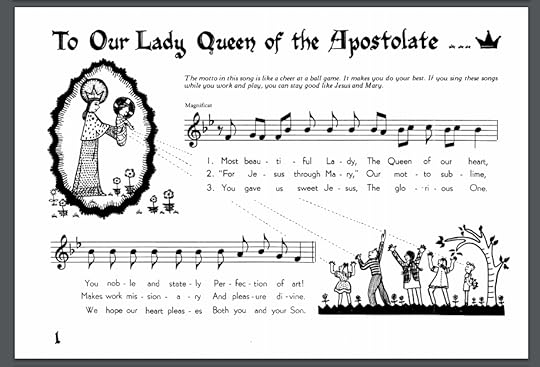
On the one hand, if you introduce sacred things with cartoons and silly ditties, you create with that semantic an association that taints the sacred things. Children learn by absorbing the feel of the thing. They have an instinctive hierarchy of solemnity.
For instance, a child might encounter something that perhaps isn’t even holy, but has the attributes of something solemn and mysterious, and he will be attracted to it, maybe even in spite of the content. This, I believe, is why today we have young people who are more moved by athletic ceremonies than by religious ones (I mean really moved, even if they dutifully prioritize religion).
On the other hand, if you use sacred modes for anything other than what they were made for, you might ruin their power. A good example of this might be the Rogers and Hammerstein Alleluia from the Sound of Music. I could imagine a good choir singing this at Mass — except that it is pretty indelibly associated with a Hollywood musical! If something is going to be used for worship, it must be set apart.
We don’t make altar cloths with the same fabric as tablecloths; we don’t grab a handy candlestick from the altar to put in the front hall. The same with music. This semantic (imbued meaning) is what makes chant unique and universal as a sacred mode.
So I would definitely be sure to sing the original chants, preferably in their context in the liturgy at the same time as we were learning these songs.
Maybe it seems like I’m overthinking this, but I do wonder how we’ve gotten into such a mess with our musical culture. Perhaps confusion in musical education is a reason… I don’t know.
One thing is that it is much easier to learn chant (especially while also learning the Latin text) if you already know the tune, so I’m coming down on the side of this book!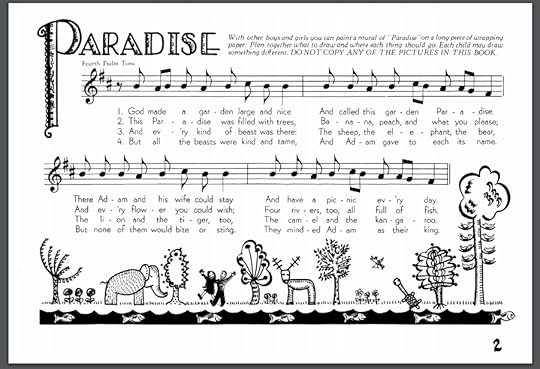
I recently found out that Erin McFarland, a homeschooling mother and musician, has posted audio files of all the songs, which is such a help if you don’t read music or just need a little boost! You can find her study guide for this book here. With her guidance, you can learn all the songs before you teach your children, or as you go if you like to do things together that way.
She has lots of resources for singing with your children on her site, Traditional Catholic Living. I highly recommend it. One reason I always recommend Ambleside Online’s Charlotte Mason curriculum is that they have handy cycles of hymns and folk songs (you can see them on their sidebar).
Erin’s site really gives you a focused way to implement that approach, with a distinctively Catholic (liturgical) emphasis. She also has plenty of thoughts for both young and more advanced students. I recommend signing up for her emails.
I said I’d give this book a post of its own and so here you go!
______
*Here’s what I said on that previous post: It’s important to read the instructions [in the text of the book] on how to sing chant, which differs from more familiar metrical music in that it is more relaxed and is never forced into an even rhythm. I also suggest getting children used to hearing monks singing these same tunes (with the liturgical texts) so they know how they should sound. In other words, the originals should be the model, and then the little poems in this book can be part of their religious education.
The post A little chatty, a little learning sacred music with children. appeared first on Like Mother Like Daughter.



